Not only is it potentially the fastest cryptocurrency out there, it’s also feeless. What is there not to like?
Nano is amazing on paper but sits down past rank 250 on coingecko and the price continues to drop. In this post I’ll go over both the advantages and disadvantages of Nano to see why it’s dying.
If you prefer to read on substack, here is the link
Advantages
Feeless
One of the biggest pain points of crypto is the fees. During times of congestion it’s not unheard of for transactions to cost hundreds of dollars on other cryptocurrencies. Yet Nano is completely feeless all the time.
Super fast
Nano is optimised for speed.
As soon as a transaction is sent, there is no waiting to be included in a block as each transaction is its own block and can be processed as soon as nodes receive it.
Under typical network conditions finality is under 0.2 seconds. Nano is likely the fastest cryptocurrency out there.
No inflation
133,248,290 Nano tokens are all the tokens that will ever exist. It has already hit its supply cap so token holders won’t be debased from any inflation.
This gives it good tokenomics for potentially being a store of value.
Good distribution
100% of Nano was distributed via a captcha based faucet. Users just had to visit a website, complete some captcha and they would get free Nano. Unfortunately they had to shut down the captcha early as some bots had found a way to abuse it.
Even accounting for the bots, it was still a better way to distribute tokens than the majority of cryptocurrencies.
Parallel processing
With its block lattice structure, Nano is able to process transactions in parallel as every address has its own blockchain and the user is the only one who can update their own chain. There are no smart contracts on Nano so there should never be issues with state contention so each blockchain in the block lattice can be updated in parallel.
This means if Nano increases the node requirements to have more CPU cores it should be able to increase its throughput.
Disadvantages
Inefficient consensus
No I don’t mean energy efficiency. (Nano is very energy efficient)
When I say Nano is inefficient with consensus I mean that it spends too much of its bandwidth on consensus.
Consensus methods are voting models and the different types of consensus are simply different ways to communicate how everyone is voting. Some methods of communicating this data are more efficient than others.
With some blockchains, participants will include their signature in the block header of a block to indicate their vote for a particular block. To verify consensus on a block you simply need to verify the required number of signatures have been attached to the block. This block can contain thousands of transactions so it is very efficient.
However with Nano, participants don’t attach their signatures to the block but instead will sign their vote on the block and gossip the signed vote throughout the network.
So lets say there are 100 participants in consensus. With Nano, for every block there will also be 100 vote messages sent to everyone in the network.
If this was a blockchain it wouldn’t be too bad. 100 messages sent around the network to potentially confirm thousands of transactions is not an issue. However Nano doesn’t have thousands of transactions per block. Nano splits transactions up into a send block and a receive block so Nano has 0.5 transactions per block.
Adding to this, most consensus methods require 2 rounds of voting in order to confirm a block and this also applies to Nano. This means if there were 100 participants in consensus, for every transaction, Nano would have 400 voting messages sent around the network for its consensus method.
Compared to a blockchain, Nano is using far more bandwidth on consensus.
Limited by the block lattice
Ultimately the block lattice structure that Nano uses seems to be what limits the network. The reasons are:
It splits transactions into send and receive transactions meaning consensus needs to be reached twice for each transaction.
It limits which consensus methods can be used. Blocks don’t reference other recent blocks so longest chain methods can’t be used with the block lattice.
Ultimately it looks like Nano is stuck with an inefficient consensus unless it has a massive redesign.
Low scalability
Due to the inefficient consensus, Nano does not scale well at all.
The only thing Nano does is basic transactions and yet it is able to handle less than 30tps. If you were to fill Ethereum blocks with basic transactions it could do more than double this. Ethereum isn’t known for its throughput.
Such a low throughput is partially from its own self restrictions on network bandwidth to prevent spam attacks but it is still incredibly low for a chain that is dedicated purely to transactions.
There are no plans for sharding in Nano’s roadmap but there have been ideas around cluster nodes to increase scalability. This will require significant research though.
Limited decentralisation
As mentioned above, the consensus method for Nano is inefficient with bandwidth. This inefficiency gets worse the more decentralised Nano becomes.
The way Nano reaches consensus on each block is by having all representative nodes who have more than 0.1% of the voting weight, vote on if they approve the block. If 67% of the voting weight over 2 rounds approve the block it will be confirmed.
Right now it does not take many votes to reach 67%. The top 16 representative nodes can reach 67% by themselves. This means you only really need to receive 32 voting messages per block for it to be confirmed.
However if the voting weight for Nano becomes more decentralised it will start to require more and more representatives to reach the 67%, meaning more bandwidth will be used on voting messages and you will have to wait longer for the increased number of messages to reach 67%. This means lower scalability and slower speed.
Typically chains that use similar consensus methods to Nano limit the number of consensus participants to around 100 to prevent this messaging from getting out of control. Nano will also be limited by how decentralised the nodes can get unless it wants to sacrifice scalability and speed.
Lack of incentives to participate with consensus
Every single Nano wallet will select a representative node who they delegate their voting weight to and the representative nodes will participate in consensus on behalf of the people who have delegated to them.
There is no incentive to pick a good representative and no incentive to even run a representative node. Users typically just choose the default representative in the wallet and stop caring or just let the exchanges decide for them. This has led to two problems.
Binance + Kraken together have over 35% of the voting weight which is enough to do a liveness attack and prevent any new transactions from getting confirmed.
A significant amount of voting weight is delegated to nodes that have shut down and are now offline. If this gets worse it could make the network prone to a liveness failure or even double spend from a large offline node coming back online.
With no fees or inflation it’s hard to see how Nano can provide any incentives to get users more engaged with consensus.
Prone to spam attacks
Due to having no fees, spamming the network costs almost nothing (there is a small amount of proof of work). This makes Nano prone to spam attacks.
However after a fairly big spam attack that took down the network, Nano did develop a priority system so that transactions are split into different buckets depending on the number of tokens in their account and then each bucket is prioritised to also give accounts that haven’t made a transaction in a while more priority.
This seems to have worked and allows normal users to interact as normal during a spam attack which makes spam attacks less of an issue now.
Untested priority method
Against spam attacks the priority mechanism seems to work well but what happens if it’s not spam but real users creating transactions? If Nano does 30 tps but there is 100 tps of transactions coming from real users what happens? It seems like more active users will be deprioritised over less active users. Is this good? What happens if you are a shop that accepts Nano but your transactions don’t go through during busy periods?
You may just end up with users creating their own off chain fee market where they pay representative nodes a fee to prioritise their transactions.
Prone to dust attacks
The primary duty of a cryptocurrency is to keep track of who owns what in the ledger, including the smallest amounts.
Nano has 30 decimal places.
If you were to split 1 Nano up into its smallest decimal point and send each part to separate addresses it would use up an unimaginable amount of space.
You can split 1 Nano up into 1,000,000x more parts than there are stars in the universe. Each part would use up around 100 bytes. The human race will likely never build enough storage to store 1 Nano split up into its smallest decimal place.
Nano’s only defence against dust attacks is to simply limit throughput of the network.
It’s difficult to see why they added so many decimal places in the first place.
No scripting capabilities
Even Bitcoin has some basic script functions. Nano has nothing. The only thing you can do with Nano is send and receive transactions. For anything more complex you will have to use a centralised service.
No adoption
No one uses Nano. There’s no path to adoption. A currency is only useful if you can use it. You can’t use Nano for anything and due to not having smart contracts it can’t create its own ecosystem where it can be used.
It’s relying completely on people accepting it as a form of payment in the real world which is something even the largest cryptocurrencies like Bitcoin or Ethereum struggle with.
Nano Foundation running low on money
Nano is far from its goal. It requires a lot of research and development to be anywhere near adoption ready. Yet the Nano foundation is tiny and doesn’t have the money to pay for more research and development.
Without more funds, it’s never going to be ready.
Conclusion
Nano may be feeless and super fast but that’s it.
To new users who download a Nano wallet and get to experience the super fast, feeless transactions Nano is amazing. However this is only possible because there is no adoption.
It has optimised itself to be ideal for basic payments by cutting things like smart contracts and focusing heavily on speed. However by doing that it has used an inefficient consensus method that limits its scalability.
The limited scalability means Nano will never be adopted. Imagine creating a business where you make a lot of transactions. Nano only does 30 tps so what will happen when the network is busy? Nano’s priority system favours accounts that haven’t made a transaction in a while so your business transactions will likely have a lower priority than most other users in the network. Most of your transactions would simply not be processed if the network is at its capacity.
Unless there is a massive redesign, I don’t think Nano is going to make it.
If you enjoyed this post, check out my previous posts for other cryptocurrencies. I’m planning to create posts like this for all the major layer 1 cryptocurrencies so subscribe to my substack if you don’t want to miss them.
[link] [comments]

You can get bonuses upto $100 FREE BONUS when you:
💰 Install these recommended apps:
💲 SocialGood - 100% Crypto Back on Everyday Shopping
💲 xPortal - The DeFi For The Next Billion
💲 CryptoTab Browser - Lightweight, fast, and ready to mine!
💰 Register on these recommended exchanges:
🟡 Binance🟡 Bitfinex🟡 Bitmart🟡 Bittrex🟡 Bitget
🟡 CoinEx🟡 Crypto.com🟡 Gate.io🟡 Huobi🟡 Kucoin.


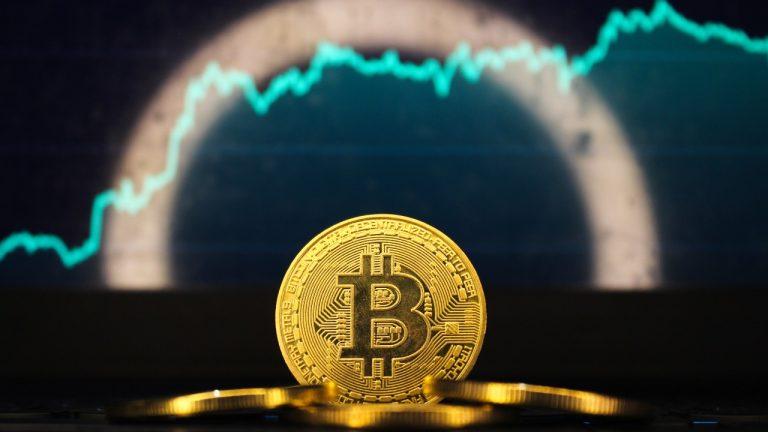
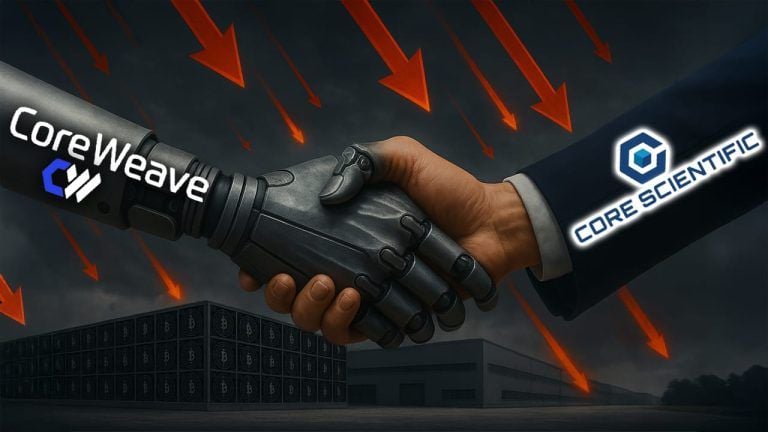

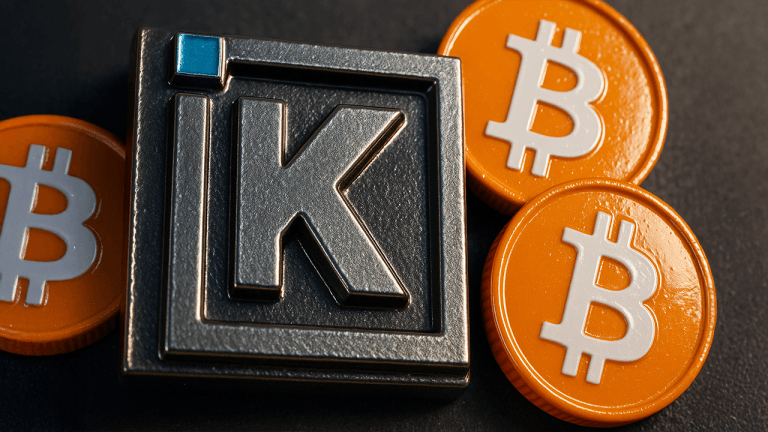


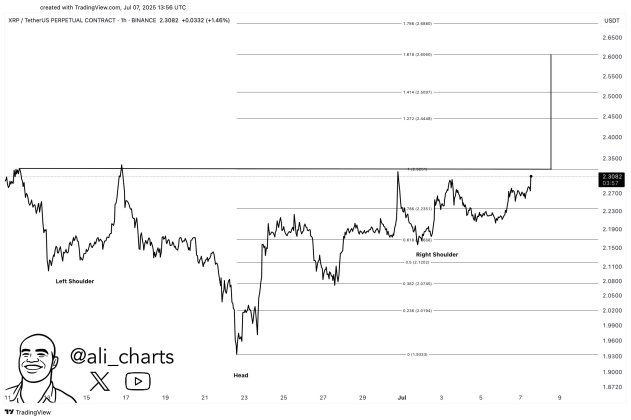

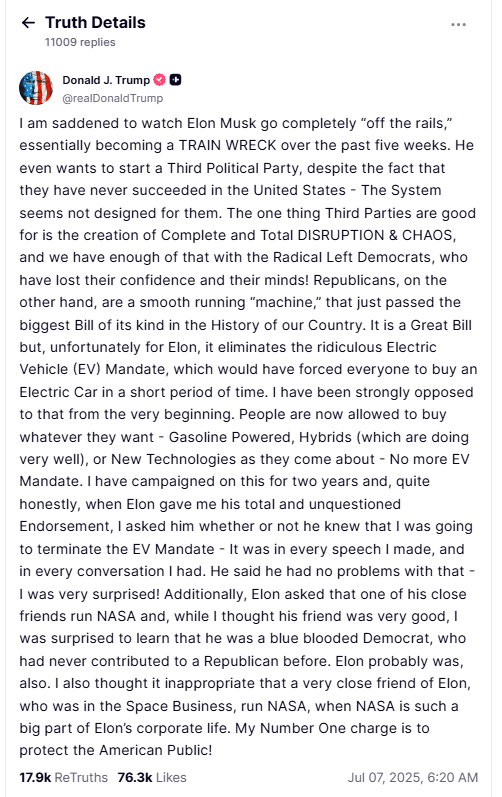


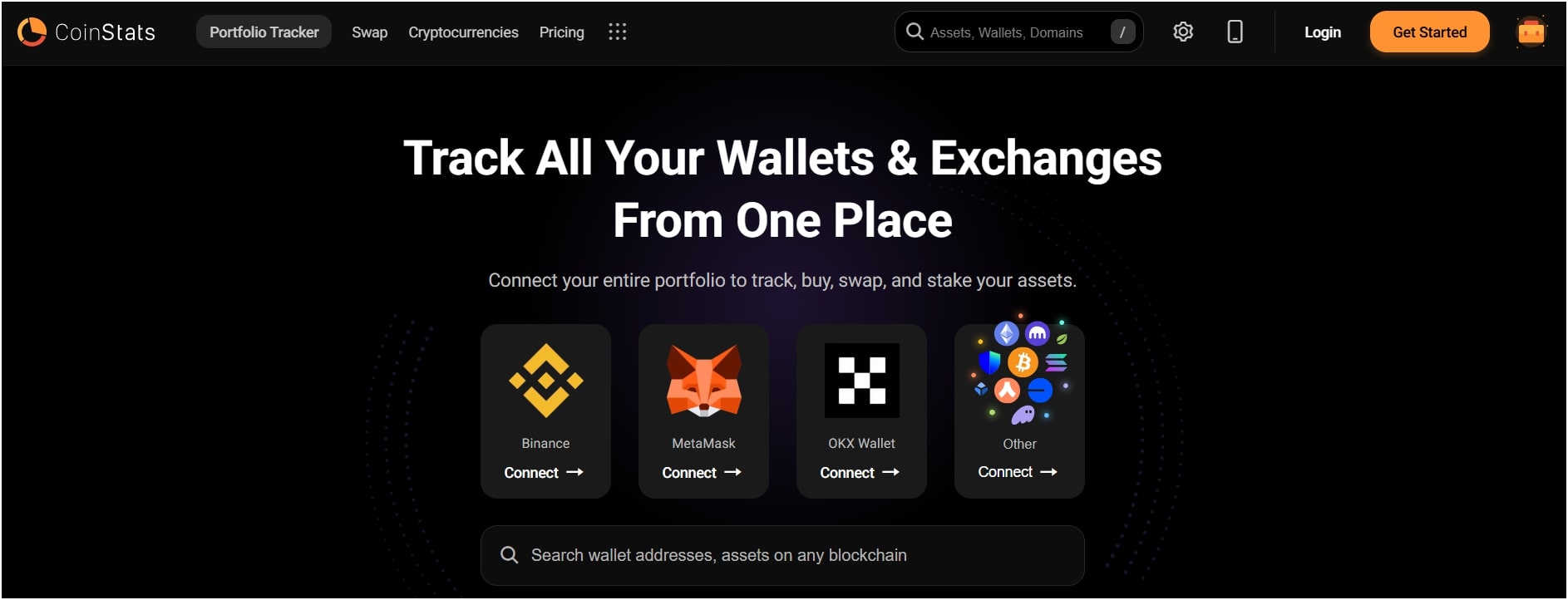



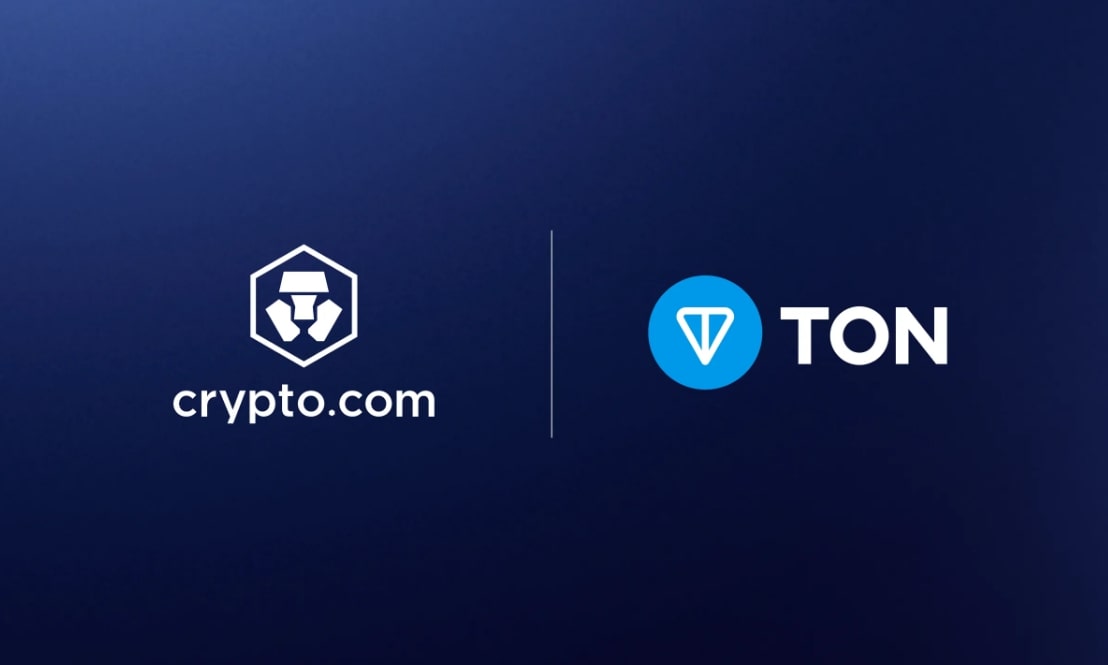


Comments